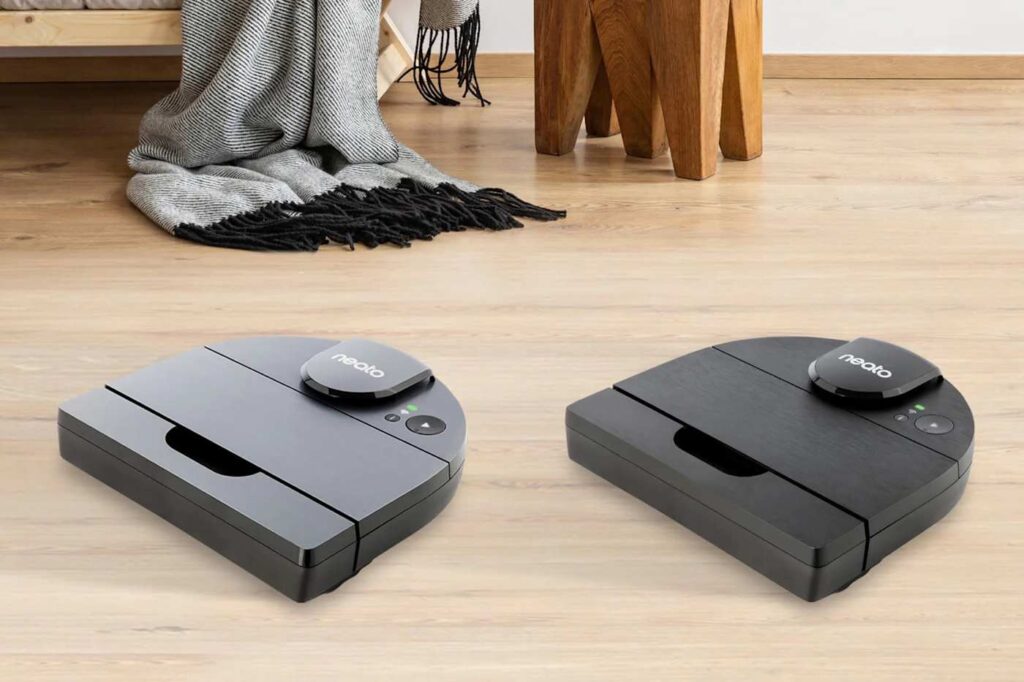Remember those trusty little Neato robot vacuums, diligently cleaning our floors while we kicked back and relaxed? Well, the good times are coming to an end sooner than expected. Neato Robotics, which ceased operations in 2023, is pulling the plug on its cloud services, rendering many of its robovacs significantly less useful, and doing it faster than initially promised.
The End of an Era: Neato’s Cloud Services Sunsetting
The news has been circulating that Neato robovac owners are in for an unpleasant surprise. Originally, Neato’s parent company, Vorwerk Group, assured users that cloud support would continue for at least five years after the company’s shutdown. However, that promise has been broken. An email sent to customers, obtained by The Verge, reveals that cloud services will now be phased out during Q4 2025.
This means that the convenience of controlling your Neato through the app, scheduling cleanings, and receiving notifications will soon disappear. The initial commitment of five years of support provided a sense of security for consumers who had invested in Neato’s technology. The change of heart has naturally left many feeling disappointed and frustrated, questioning the longevity and value of their smart home devices.
Why the Sudden Shift?
Vorwerk Group attributes this accelerated shutdown to evolving cybersecurity standards, compliance obligations, and regulations. According to the email, these factors make it “no longer possible to safely and sustainably operate these legacy systems.” While seemingly a valid explanation, it does little to soothe the sting for affected users. The implication is that maintaining the cloud infrastructure has become too costly and complex in the face of these challenges. It raises broader questions about the ongoing responsibility of companies to support their products, especially those heavily reliant on cloud services, even after discontinuing their sale.
What Does This Mean for Neato Owners?
While the cloud services are going dark, your Neato robovac isn’t necessarily going straight to the landfill (yet). According to initial reports, the vacuum functionality will not be completely disabled. The affected robot vacuums will still perform their core task of vacuuming. However, the loss of cloud connectivity will limit their functionality considerably.
You can say goodbye to controlling your Neato through the app, receiving notifications about cleaning progress, and using advanced features like virtual boundaries. The once-smart robot vacuum will essentially become a “dumb” vacuum, only controllable with physical buttons (if available) and basic scheduling features (if present on the device itself). This represents a significant downgrade in user experience, turning a connected device into a much simpler, less convenient appliance.
The Impact on Older Models
Older Neato models, heavily reliant on cloud connectivity for even basic operations, will likely face the most significant impact. Users of these models may find their devices becoming almost unusable once the cloud services are discontinued. This highlights the vulnerability of “smart” devices that depend heavily on external servers and services to function. When those services disappear, the device’s value plummets, leaving consumers with a depreciated and limited product. This is a serious downside to buying “smart” versions of common items.
The Bigger Picture: The Perils of Cloud-Dependent Devices
The Neato situation serves as a cautionary tale about the risks associated with cloud-dependent devices. While smart home technology offers unparalleled convenience, it also creates a reliance on companies to maintain the necessary infrastructure and support. When these companies shut down or decide to discontinue services, consumers are left with expensive devices that become significantly less useful, or even completely obsolete. This highlights the importance of considering the long-term viability of the company and its commitment to supporting its products before investing in smart home technology. It also raises the question of whether consumers should demand more control over their devices and data, reducing their reliance on external servers and services.
The Neato case isn’t unique. We’ve seen similar situations with other smart home devices and services, where companies have discontinued support, leaving users stranded with depreciated products. This underlines the need for greater transparency from manufacturers regarding the lifespan of their cloud services and the potential consequences of discontinuation. Perhaps regulatory bodies need to step in and define certain warranty rules for smart products.
What Can Consumers Do?
While the Neato situation is largely out of the hands of consumers, there are steps you can take to mitigate the risks associated with cloud-dependent devices. Before purchasing a smart device, research the company’s track record and its commitment to long-term support. Look for devices that offer local control options, allowing you to use them even without an internet connection or cloud services. Also, keep an eye on industry news and user forums to stay informed about potential issues and alternatives.
A Frustrating Conclusion, but a Valuable Lesson
The accelerated shutdown of Neato’s cloud services is undoubtedly frustrating for owners who invested in the promise of a smart and convenient cleaning solution. While the robovacs will still function in a limited capacity, the loss of app control and advanced features is a significant blow. This situation serves as a stark reminder of the potential pitfalls of cloud-dependent devices and the importance of considering the long-term viability of the companies behind them. As consumers, we must demand greater transparency and control over our devices, ensuring that our investments are not rendered obsolete by the shifting sands of the tech industry. Hopefully, the Neato case will encourage both manufacturers and consumers to approach smart home technology with a more cautious and informed perspective.
